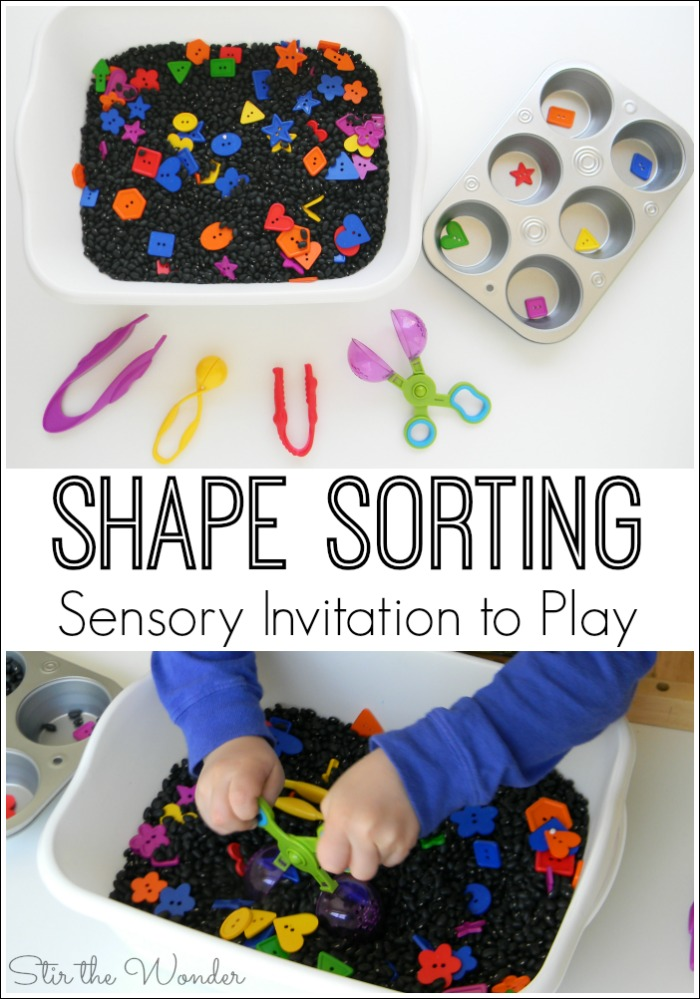How to make a child sleep early
10 Tips to Get Your Kids to Sleep
Sleep is an important part of maintaining good health, but issues with falling asleep aren’t just problems that come with adulthood. Kids can have trouble getting enough rest, and when they can’t sleep… you can’t sleep.
Bedtime can become a battle zone when little ones won’t settle in and fall asleep. But there are ways to even the odds of victory. Try using these 10 tips to learn how to fight the battle… and win!
School-age children need between 9 and 11 hours of sleep each night, according to the National Sleep Foundation. But there’s a lot of variability in sleep needs and patterns. Most kids have patterns that don’t change much, no matter what you do.
Early risers will still rise early even if you put them to bed later, and night owls won’t fall asleep until their bodies are ready.
That’s why it’s important for parents to work with their children in setting a responsible bedtime that allows them to get plenty of sleep and awake on time, says Ashanti Woods, MD, a pediatrician in Baltimore, Maryland.
Set a wake-up time based on how much sleep your child needs and what time they go to bed. Woods recommends creating a wake-up routine as early as the preschool years to help prevent stress for parents down the road.
And remember to be consistent with the schedule. Allowing your child to sleep later on weekends is generous, but could backfire in the long run.
Those extra hours of sleep will make it hard for their body to feel tired at bedtime. But if you can try to make bedtime and wake-up time the same, within an hour or so every day, you’ll be making everyone’s lives sooooo much easier.
Routines are especially important for infants, toddlers, and preschoolers. Woods recommends that after dinner the remainder of the evening should include light playtime, bath, brushing teeth, a bedtime story, and then bed.
Aim for a routine that is comforting and relaxing, setting the ideal bedtime atmosphere. Before long, your child’s body may automatically start to become sleepy at the beginning of the routine.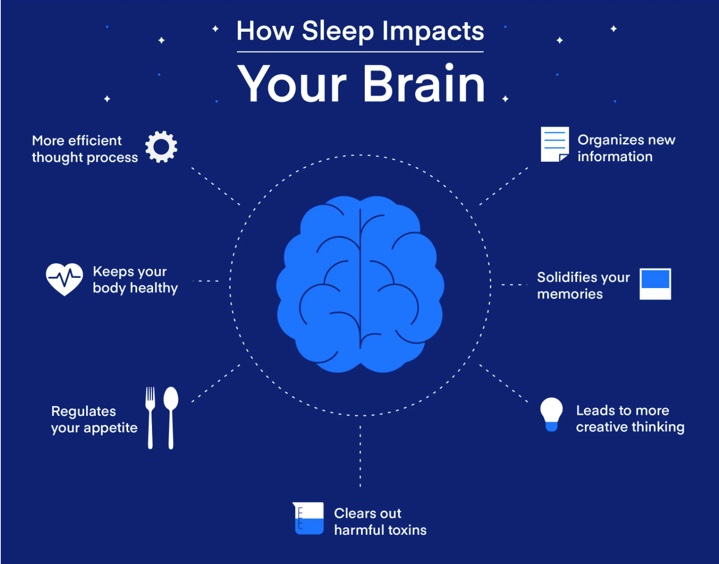
Melatonin is an important piece of sleep-wake cycles. When melatonin levels are at their highest, most people are sleepy and ready for bed.
Research from 2011 found that blue light from a television screen, phone, or computer monitor can interfere with the production of the hormone melatonin.
Watching TV, playing video games, or scrolling web pages on a phone or computer right before bed keep your child up an extra 30 to 60 minutes, according to this 2017 study.
Make the bedroom a screen-free zone or at least make sure all screens are dark at bedtime. And keep your phone on silent when you’re in your child’s room — or don’t carry it in there at all.
Instead of screen time, Abhinav Singh, MD, director of the Indiana Sleep Center, recommends reading to your child in the evening to allow their brain to rest.
Another hormone that plays a role in sleep is cortisol, also known as the “stress hormone.” When cortisol levels are high, your child’s body won’t be able to shut down and go to sleep.
Keep pre-bedtime activities calm. This can help avoid excess amounts of cortisol in your child’s system. “You need to reduce stress to make it easier to fall asleep,” says Dr. Sarah Mitchell, chiropractor and sleep consultant.
Soft sheets, room darkening shades, and relative quiet can help your child differentiate between day and night, making it easier to fall asleep.
“Creating a sleep-inducing environment is important because it sets the stage for sleep by reducing distractions,” says Mitchell. “When you’re calm you are not distracted, and can fall asleep more quickly and with less help.”
Your child’s sleep cycle isn’t just dependent on light (or the lack thereof). It’s also sensitive to temperature. Melatonin levels help to regulate the drop of internal body temperature needed to sleep.
However, you can help regulate the external temperature. Don’t bundle your child up too much or set the heat too high.
Whitney Roban, PhD, clinical psychologist and sleep specialist, recommends dressing your child in breathable cotton pajamas and keeping the bedroom temperature around 65 to 70°F (18. 3 to 21.1°C) at night.
3 to 21.1°C) at night.
Ghosts and other scary creatures may not actually roam around at night, but instead of dismissing bedtime fears, address them with your child.
If simple reassurance doesn’t work, try using a special toy to stand guard at night or spray the room with “monster spray” before bed.
Roban recommends scheduling time during the day to address any fears and avoiding using bedtime for these type of conversations.
“Children are very smart and will quickly learn that they can stall bedtime if they use the time to express their bedtime fears,” she says.
Kids can have trouble shutting their brains off for the night. So, instead of increasing that anxiety by insisting that it’s time to go to bed (“now!”), consider focusing more on relaxation and keeping your child calm.
Tryteaching your child a deep breathing technique to calm their body. “Breathe in through your nose for 4 seconds, hold for 5 seconds, exhale through your mouth for 6 seconds,” says Roban.
Younger children can just practice taking long, deep breaths in and out, she says.
Sometimes, your best-laid plans just don’t yield the results that you want. (Hello, welcome to parenthood!)
If your child has trouble falling asleep, has persistent nightmares, snores, or breathes through their mouth, they might have a sleep disorder, says Mitchell.
Always talk to your pediatrician if you have any concerns about your child’s sleeping habits. They may recommend a sleep consultant or have other suggestions for you to try so the entire family can get a good night’s sleep!
10 Tips to Get Your Kids to Sleep
Sleep is an important part of maintaining good health, but issues with falling asleep aren’t just problems that come with adulthood. Kids can have trouble getting enough rest, and when they can’t sleep… you can’t sleep.
Bedtime can become a battle zone when little ones won’t settle in and fall asleep. But there are ways to even the odds of victory.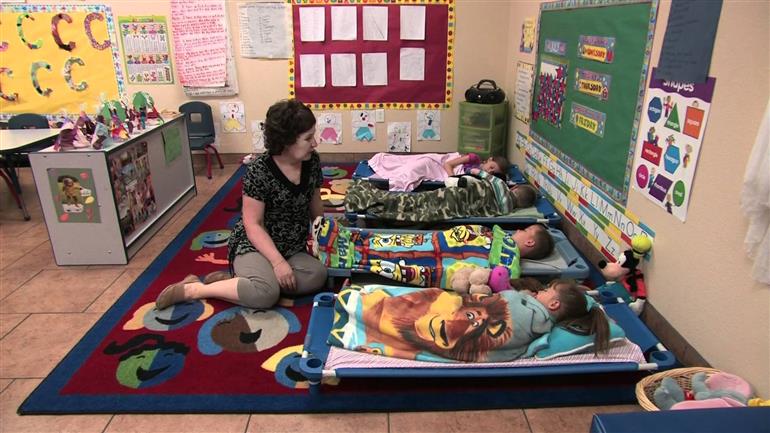 Try using these 10 tips to learn how to fight the battle… and win!
Try using these 10 tips to learn how to fight the battle… and win!
School-age children need between 9 and 11 hours of sleep each night, according to the National Sleep Foundation. But there’s a lot of variability in sleep needs and patterns. Most kids have patterns that don’t change much, no matter what you do.
Early risers will still rise early even if you put them to bed later, and night owls won’t fall asleep until their bodies are ready.
That’s why it’s important for parents to work with their children in setting a responsible bedtime that allows them to get plenty of sleep and awake on time, says Ashanti Woods, MD, a pediatrician in Baltimore, Maryland.
Set a wake-up time based on how much sleep your child needs and what time they go to bed. Woods recommends creating a wake-up routine as early as the preschool years to help prevent stress for parents down the road.
And remember to be consistent with the schedule. Allowing your child to sleep later on weekends is generous, but could backfire in the long run.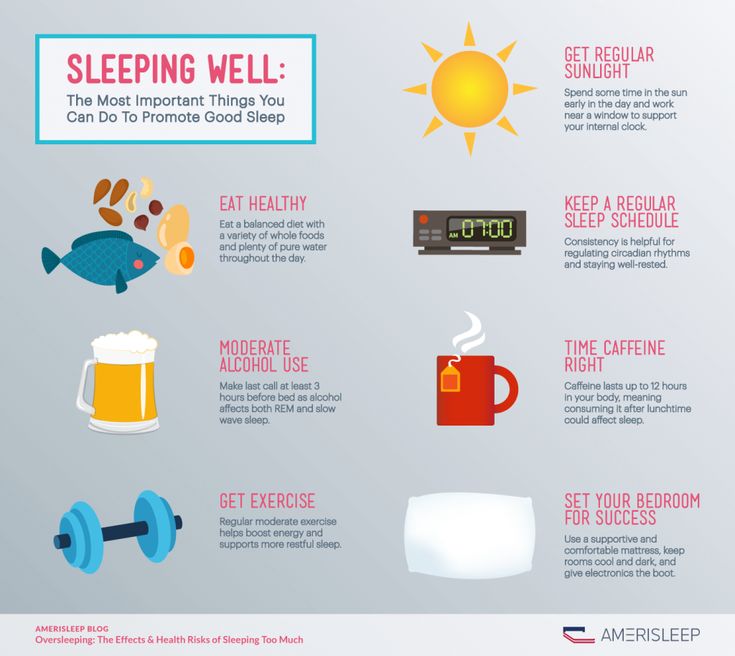
Those extra hours of sleep will make it hard for their body to feel tired at bedtime. But if you can try to make bedtime and wake-up time the same, within an hour or so every day, you’ll be making everyone’s lives sooooo much easier.
Routines are especially important for infants, toddlers, and preschoolers. Woods recommends that after dinner the remainder of the evening should include light playtime, bath, brushing teeth, a bedtime story, and then bed.
Aim for a routine that is comforting and relaxing, setting the ideal bedtime atmosphere. Before long, your child’s body may automatically start to become sleepy at the beginning of the routine.
Melatonin is an important piece of sleep-wake cycles. When melatonin levels are at their highest, most people are sleepy and ready for bed.
Research from 2011 found that blue light from a television screen, phone, or computer monitor can interfere with the production of the hormone melatonin.
Watching TV, playing video games, or scrolling web pages on a phone or computer right before bed keep your child up an extra 30 to 60 minutes, according to this 2017 study.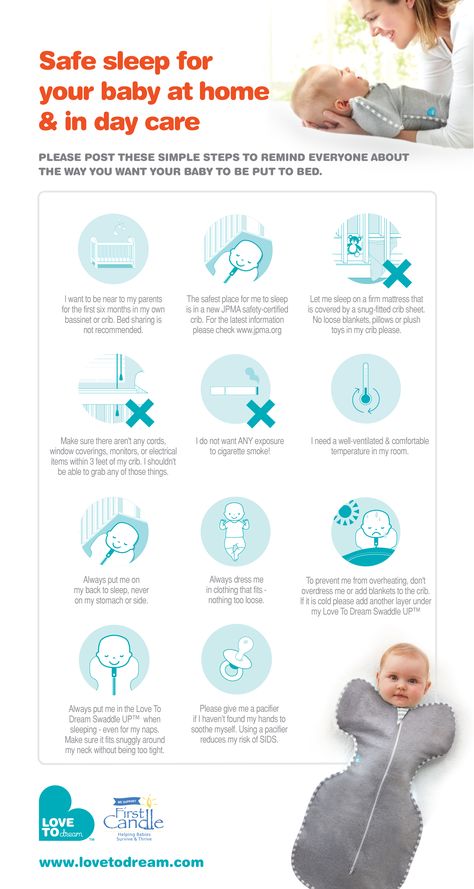
Make the bedroom a screen-free zone or at least make sure all screens are dark at bedtime. And keep your phone on silent when you’re in your child’s room — or don’t carry it in there at all.
Instead of screen time, Abhinav Singh, MD, director of the Indiana Sleep Center, recommends reading to your child in the evening to allow their brain to rest.
Another hormone that plays a role in sleep is cortisol, also known as the “stress hormone.” When cortisol levels are high, your child’s body won’t be able to shut down and go to sleep.
Keep pre-bedtime activities calm. This can help avoid excess amounts of cortisol in your child’s system. “You need to reduce stress to make it easier to fall asleep,” says Dr. Sarah Mitchell, chiropractor and sleep consultant.
Soft sheets, room darkening shades, and relative quiet can help your child differentiate between day and night, making it easier to fall asleep.
“Creating a sleep-inducing environment is important because it sets the stage for sleep by reducing distractions,” says Mitchell.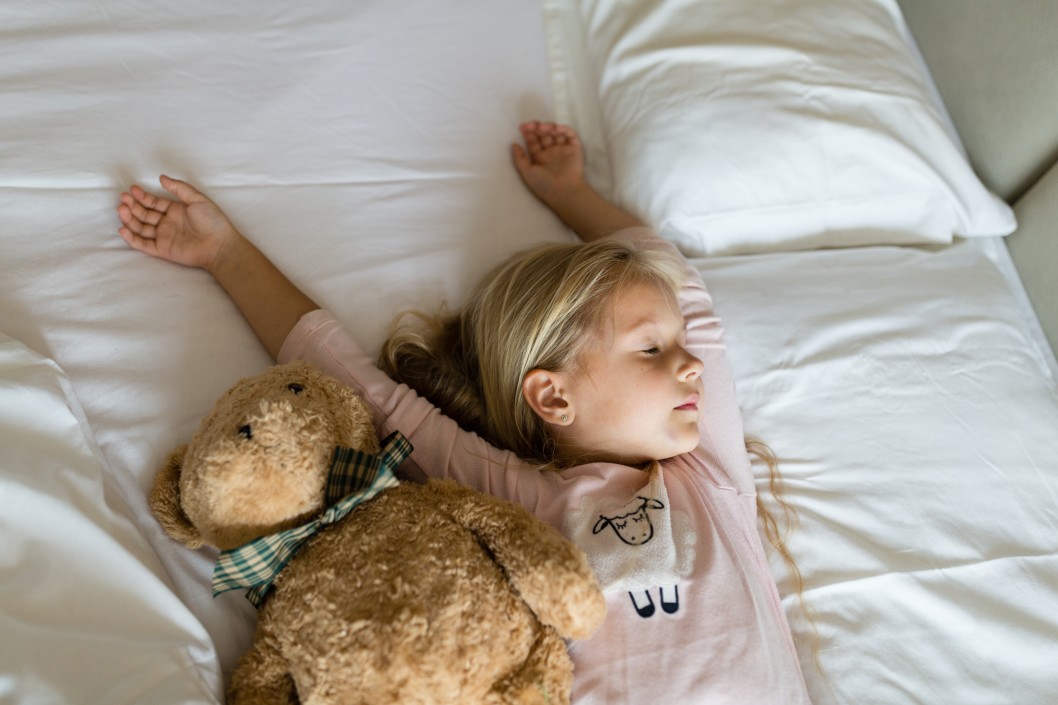 “When you’re calm you are not distracted, and can fall asleep more quickly and with less help.”
“When you’re calm you are not distracted, and can fall asleep more quickly and with less help.”
Your child’s sleep cycle isn’t just dependent on light (or the lack thereof). It’s also sensitive to temperature. Melatonin levels help to regulate the drop of internal body temperature needed to sleep.
However, you can help regulate the external temperature. Don’t bundle your child up too much or set the heat too high.
Whitney Roban, PhD, clinical psychologist and sleep specialist, recommends dressing your child in breathable cotton pajamas and keeping the bedroom temperature around 65 to 70°F (18.3 to 21.1°C) at night.
Ghosts and other scary creatures may not actually roam around at night, but instead of dismissing bedtime fears, address them with your child.
If simple reassurance doesn’t work, try using a special toy to stand guard at night or spray the room with “monster spray” before bed.
Roban recommends scheduling time during the day to address any fears and avoiding using bedtime for these type of conversations.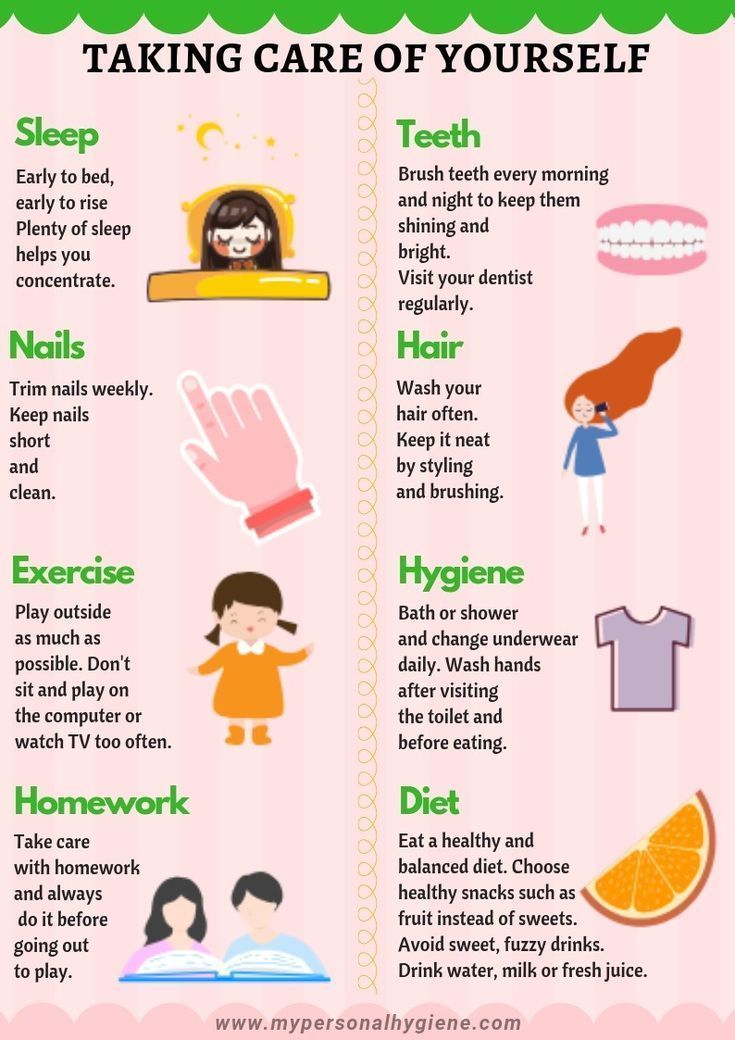
“Children are very smart and will quickly learn that they can stall bedtime if they use the time to express their bedtime fears,” she says.
Kids can have trouble shutting their brains off for the night. So, instead of increasing that anxiety by insisting that it’s time to go to bed (“now!”), consider focusing more on relaxation and keeping your child calm.
Tryteaching your child a deep breathing technique to calm their body. “Breathe in through your nose for 4 seconds, hold for 5 seconds, exhale through your mouth for 6 seconds,” says Roban.
Younger children can just practice taking long, deep breaths in and out, she says.
Sometimes, your best-laid plans just don’t yield the results that you want. (Hello, welcome to parenthood!)
If your child has trouble falling asleep, has persistent nightmares, snores, or breathes through their mouth, they might have a sleep disorder, says Mitchell.
Always talk to your pediatrician if you have any concerns about your child’s sleeping habits. They may recommend a sleep consultant or have other suggestions for you to try so the entire family can get a good night’s sleep!
They may recommend a sleep consultant or have other suggestions for you to try so the entire family can get a good night’s sleep!
15 tips for getting ready for bed quickly and easily
How to put a child to sleep without tears, without performing a feat of patience and endurance? There are scattered tips and complex author's methods. But each parent creates his own ritual, watching the newborn, getting to know his temperament. Consider all the components of sleep and important details so that you enjoy spending the evening hours with your baby and fall asleep quickly and peacefully every time.
How much time does a child need to sleep?
In the first six months of life, children sleep most of the day - from 16 to 18 hours. Further, the total number of hours of sleep is gradually reduced (at the age of one to three years - about 13 hours) and the number of daytime hours (already at the age of three, the baby sleeps only once during the day). The longest and most important is night sleep. And he needs peace and a sense of security. Therefore, all tips on how to quickly put a child to sleep come down to creating a harmonious and warm atmosphere. What is needed for this and what can help?
The longest and most important is night sleep. And he needs peace and a sense of security. Therefore, all tips on how to quickly put a child to sleep come down to creating a harmonious and warm atmosphere. What is needed for this and what can help?
The mood of the baby directly depends on the state of the mother. If she feels rested, negative emotions and irritation do not unsettle her, then the baby will be relaxed. From the first months of life, the newborn shows its own temperament and features of the nervous system. Quiet or lively - you should not resist the characteristics of the child, it is better to accept them and adapt. So your bedtime ritual will form faster
Pay close attention to how the child behaves
When the baby is tired and wants to sleep, he involuntarily gives signs to his parents. Over time, they become permanent habits: some rub their ears, others twist their hair. Noticing this signal, parents should immediately start laying. It’s better to postpone things: having missed this moment in the baby’s biorhythm, you can wait a few more hours for the next one, suitable for falling asleep.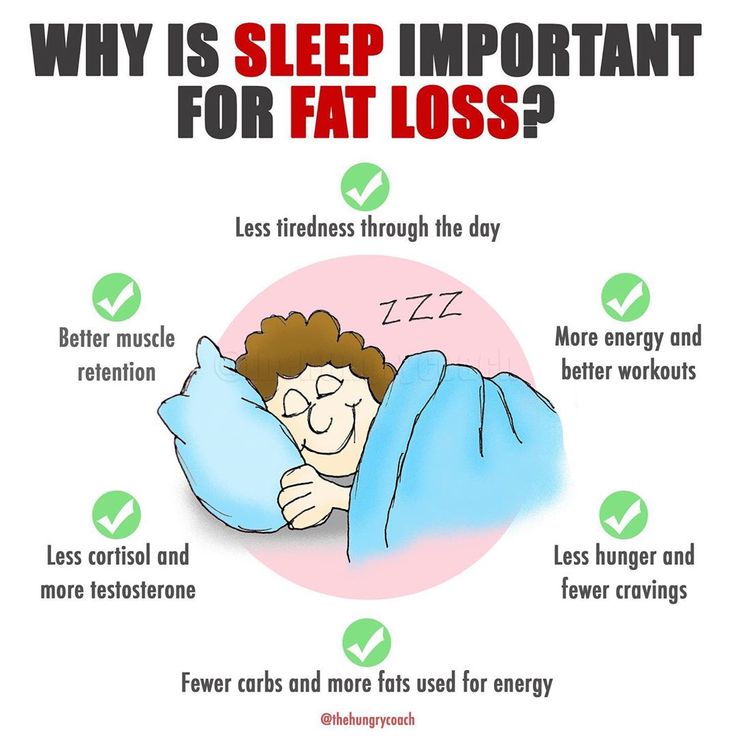 As usual, children signal that they want to sleep:
As usual, children signal that they want to sleep:
- They become slow, want to lie down on the floor or on a pillow.
- Rubbing their eyes and starting to yawn.
- Rubbing the ear or nose.
- They act up, refuse food and games, cry over trifles.
- They do not want to communicate with others, they are drawn to their parents.
- Overexcited, even aggressive.
Ventilate the room
Start preparing a place to sleep by ventilating the room. In a stuffy room, it will be difficult for a child to fall asleep. It is for this reason that babies fall asleep in the air - it is easy to breathe.
Teach your baby: the bed is the place to sleep
The crib, of course, must be well equipped. A comfortable mattress and pillow, soft ironed bed linen will make your sleep comfortable. But it is even more important to teach a child from an early age: you need to sleep in bed. You should not start playing with a small child in the crib or leave the baby here for most of the day when he is awake so that sleep is not confused with activity.
Align daily schedule
An important tip with a cumulative effect: in order for the daily routine to work for you, you need to strictly observe it for 3-4 weeks. Even if the baby will be capricious and resist. Gradually, a habit will be formed, the sleep and wakefulness regime will simply be maintained. The day of the baby should be eventful. Choose different activities: walks, games, communication with mom and dad. It is necessary to put the child to bed at the same time during the day. Do not be afraid to wake the child after a midday nap: if fatigue does not accumulate by the evening, it will not be easy to quickly put the baby to sleep. Babies up to 6 months old should have at least three hours from evening sleep to night sleep. Older children have at least four.
Plan an evening ritual
Every action before sleep can be a signal bell for the baby's subconscious. You want your bedtime ritual to be pleasant and soothing. For a child, the familiar environment and the sequence of actions are important: feeding, bathing, massage and communication with mom. The system of rituals works if the age and characteristics of the child's nervous system are taken into account. What works for other children may not necessarily work for your son or daughter. When a stable sequence of actions “for the night” has developed, try to follow it and very carefully, carefully introduce new activities, other actions.
The system of rituals works if the age and characteristics of the child's nervous system are taken into account. What works for other children may not necessarily work for your son or daughter. When a stable sequence of actions “for the night” has developed, try to follow it and very carefully, carefully introduce new activities, other actions.
Here are five rituals that can help get your baby to sleep quickly:
- Saying goodbye to toys: gather all your favorite friends, say good night to everyone
- Turn off the lights: go around all the rooms together and turn off the lights - this way you will let the baby know that the whole house is getting ready for bed
- Watching fish: if you have a home aquarium, you can watch the fish slowly cut through the water - it is very calming
- Sing a lullaby: choose a song that will soothe and lull your baby
- Read a story: hearing a good story before you go to bed is a great option.
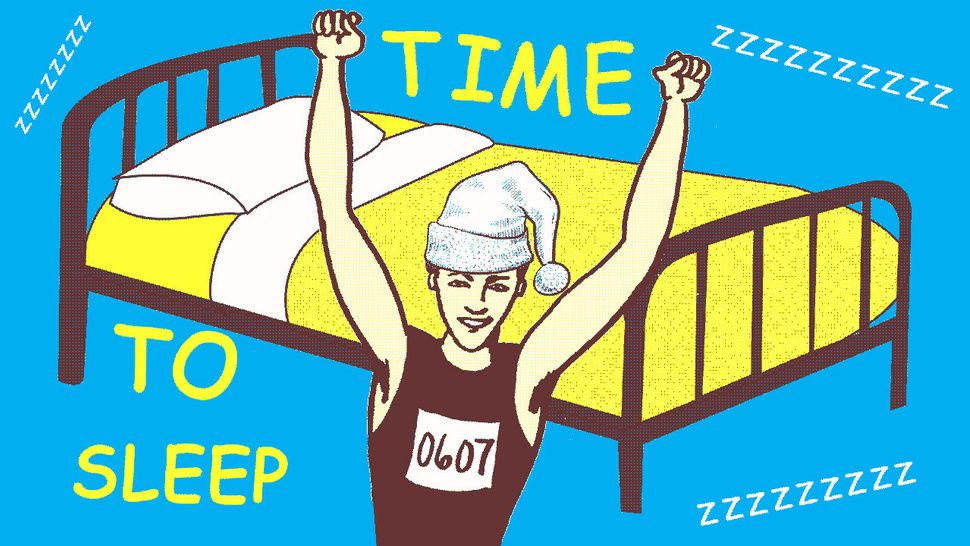
Take a warm bath
Bathing itself will help prepare your baby for sleep. Your allies in this matter: warm water (the optimum temperature is 37 degrees), lush foam, caring hands of mom and a relaxing massage after bathing. The aroma of the foam you use is important. In the line of bathing products "My Sunshine" there is a foam "Bayu-bayushki" with a proven combination of aromas that help set the child up for sleep. It contains natural extracts of lavender and rose oil. Thanks to them, the foam not only gently cleanses and moisturizes the skin, but also soothes and relaxes the baby. Hypoallergenic foam is recommended by pediatricians for daily use, so its aroma can be an additional signal to sleep. You can also use Bayu-bayushki shampoo - it is suitable for daily use. Shampoo gently cleanses baby's hair, and the aroma of lavender will help create a pleasant atmosphere.
After the bath, use the "Bayu-Bayushki" cream. Thanks to its light texture, it is instantly absorbed. Many mothers note that after light strokes and application of the “Bayu-bayushki” cream, the children themselves easily fall asleep.
Many mothers note that after light strokes and application of the “Bayu-bayushki” cream, the children themselves easily fall asleep.
Feed your baby shortly before bedtime
After a hearty dinner, the child relaxes and falls asleep easily. But some children, on the contrary, become active after eating, and it may not be so easy to put them to bed after feeding. Therefore, you need to adjust the feeding time. If the baby calms down after eating, then you can feed him an hour before bedtime and immediately take a bath. Then he will feel comfortable in the water. You can add bathing extract "Bayu-bayushki" to the bath - natural extracts and lavender essential oil will help create a pleasant atmosphere and set your baby up for a healthy sleep. Don't be alarmed if your baby is having a hard time getting to bed and falling asleep briefly while you feed him at night. Once you outgrow this period, his sleep will return to normal. If a baby at 2-4 weeks of life is disturbed by colic after eating, and because of this he cannot fall asleep, then it is worth shaking him in his arms for 10-15 minutes immediately after feeding, laying his tummy down.
Leave active games for daytime
The obvious advice is not to race around the apartment a few hours before bedtime. Even dynamic cartoons will not let you fall asleep right away. Perform a distraction But what if the baby can not calm down and continues to frolic? Strictly give the command "to bed!" definitely not worth it. Try to accept the mood of the baby. Switch his attention from the currently impossible task of "falling asleep" to a new one. Show something interesting or play a quiet game. Wait a little when he starts rubbing his eyes. And the next day, try to adjust the daily routine.Perform a distraction
But what if the baby can not calm down and continues to frolic? Strictly give the command "to bed!" definitely not worth it. Try to accept the mood of the baby. Switch his attention from the currently impossible task of "falling asleep" to a new one. Show something interesting or play a quiet game. Wait a little when he starts rubbing his eyes. And tomorrow try to adjust the daily routine.
And tomorrow try to adjust the daily routine.
Try the old method - motion sickness
Measured movements soothe and even out the baby's heart rate. The child relaxes and falls asleep. But pediatricians advise not to abuse this method: the baby can get used to falling asleep only in the arms of his mother. We will have to form new rituals of falling asleep through tears at an older age.
Swaddle your baby
Babies up to four months old are easily reminded of the time spent in the warm mother's tummy. Do not swaddle too tightly, shake the baby a little, and he will fall asleep soon. Baby will be more comfortable sleeping in a diaper. The movements are not yet clearly synchronized with the reactions of the brain, the baby may begin to move in a dream and experience discomfort from this. Swaddling will save you from this. After four months, it will be more correct to find another method to put the baby to sleep.
Sing a lullaby
The child relaxes and sleeps peacefully.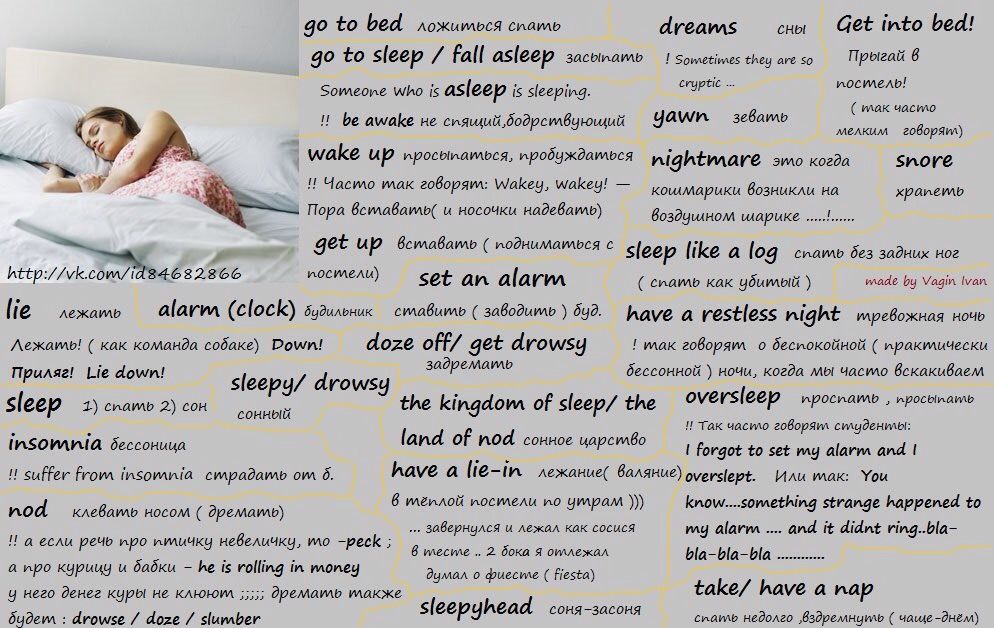 But pediatricians advise not to abuse this method: the baby can get used to falling asleep only with music.
But pediatricians advise not to abuse this method: the baby can get used to falling asleep only with music.
Put on relaxing music
Pediatricians recommend not to lull babies into silence. Otherwise, their sleep will be very sensitive, the baby will startle at every rustle. Turn on a calm melody: instrumental classics or sounds of nature will do. Another excellent auditory sedative is white noise.
Let me suck on a pacifier
Up to a year, the sucking reflex in children is one of the main ones. Therefore, the pacifier calms: a newborn with a pacifier is enough to shake a little, and he will quickly fall asleep. But do not forget to take out the pacifier from the sleeping baby.
Make up a story about a dream
The advice is suitable for children who already speak well. Kids love fairy tales and easily "read" the right messages that parents put in the story. The heroes of your fairy tale should definitely be rewarded for falling asleep peacefully every night. For this, glory and universal approval await them. Even better, if the hero of the fairy tale is a favorite character from a book or cartoon. After all, most likely, the baby really wants to be like him.
For this, glory and universal approval await them. Even better, if the hero of the fairy tale is a favorite character from a book or cartoon. After all, most likely, the baby really wants to be like him.
Let your baby fall asleep on his own
There are author's methods on how to gradually accustom a child to fall asleep on their own. One method is called Entry/Exit: the mother puts the baby in the crib and goes to another room. The first time she leaves the baby alone for 5 minutes. At this time, it is important not to give in, even if the baby starts to whine. Then you can return to the room and calm the baby, and then leave again for 10 minutes. Gradually, the interval increases, on the 5th-7th day the child will begin to fall asleep on his own. How it works? Children realize that whims and tears do not work, and stop resisting. Given the previous advice (own bed, ventilated room, bathing, etc.), they reflexively fall asleep.
Briefly about the author's methods
American pediatrician Harvey Karp offered parents a five-point algorithm, which, in his opinion, would quickly send the child to sleep.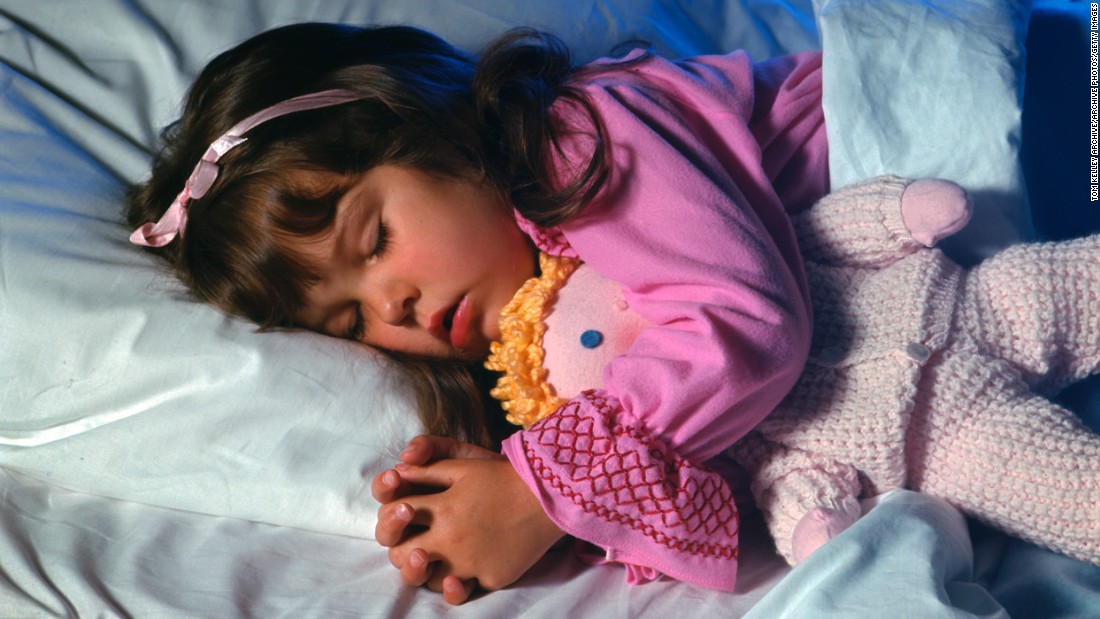 Here they are:
Here they are:
- rocking;
- swaddle;
- give a pacifier;
- lay on its side;
- turn on soothing white noise.
The method of a pediatrician from Spain, Eduard Estiville, is suitable for children over one and a half years old. During the day, mom and dad should set up the baby for the fact that in the evening he will fall asleep on his own. You need to repeat this attitude several times. When it comes to bedtime, parents again need to be warned that now they will leave him alone with them and will come to visit in a minute. After that, they really get up and close the door behind them. Estiville believed that it was imperative to endure these 60 seconds, even if the baby cries. Day by day, the period of time needs to be increased - gradually the child will get used to falling asleep on his own. This approach is ambiguous: he has as many followers as opponents.
An ordinary father from Australia, Nathan Dylo, shared his own life hack online: he showed how he can put his son to sleep in less than a minute using a paper napkin. For some time, the man gently strokes the baby's cheeks, and he really quickly falls asleep. Experts explain: this is not know-how, it's just that children are sensitive to tactile contact - soft strokes soothe them.
For some time, the man gently strokes the baby's cheeks, and he really quickly falls asleep. Experts explain: this is not know-how, it's just that children are sensitive to tactile contact - soft strokes soothe them.
Show your child love and affection
The easiest way to calm your baby is to pet him for a few minutes when he is already settled in the crib. Observe which touches your baby likes the most. Some people sleep easily after massaging the ears, eyebrows and palms. Others prefer stroking the tummy and back. Therefore, in many cases, the question of how to properly lay the baby finds a simple solution - devote more time to tactile contact with the child.
#care #health #development #tips
Share article
‹Previous ›Next
We also recommend reading
How much sleep a child should have
Child development by months up to 1 year
Newborn Mode
Why does the child sleep badly at night?
Related products
Foam Bayu-Bayushki®
200 ml
Shampoo Bayu-Bayushki®
200 ml
Baby Cream Baju-Bayushki®
100 ml
Baju-bayushki bathing extracts
475 ml
How to put your child to sleep without tears: useful tips
Judging by a survey published on the Children. Mail.ru website, the most unloved activity of parents is putting their children to bed. Moreover, compliance with the daily routine is necessary for a good mood and well-being of the child. Irina Pisman, a pediatrician of the Semeynaya clinic network, told Gazeta.Ru how to quickly help a child get ready for sleep.
Mail.ru website, the most unloved activity of parents is putting their children to bed. Moreover, compliance with the daily routine is necessary for a good mood and well-being of the child. Irina Pisman, a pediatrician of the Semeynaya clinic network, told Gazeta.Ru how to quickly help a child get ready for sleep.
How to put a child to bed if he doesn't want to
The specialist said that children very often do not want to go to bed. “During the preparation for sleep, it turns out that the baby definitely needs to drink, go to the toilet, or hug his mother. Some children wake up suddenly hungry, even if the child had a good dinner in the evening. This postponing of bedtime is a common ploy on the part of children,” Peaceman said.
The doctor drew the parents' attention that the children do not do this out of harm or with some kind of malicious intent.
“At the age of three to ten, there are several reasons why it is difficult to put a child to bed. One of them is the fear of being separated from your parents. It is believed that the reason has appeared since the lifestyle of families has changed,” the expert noted. - A few decades ago, most children did not have their own rooms, families were large, they got up together, worked together, went to bed together at the same time. Now, children spend much less time with moms and dads, small children don’t have enough of it.”
It is believed that the reason has appeared since the lifestyle of families has changed,” the expert noted. - A few decades ago, most children did not have their own rooms, families were large, they got up together, worked together, went to bed together at the same time. Now, children spend much less time with moms and dads, small children don’t have enough of it.”
The pediatrician also spoke about other reasons why parents cannot put their child to bed quickly: fear or jealousy of a younger brother or sister who is still sleeping next to their mother.
The doctor advised not to get angry with the children, not to shout, but to remain calm. If a parent feels that they may break loose, it is worth asking for help, if there is such an opportunity.
How to get your baby to fall asleep quickly
To put your baby to sleep, it's important to follow a certain sequence of actions in the evenings, Peaceman said. She advised parents to observe the following rules:
1. Stick to the daily routine and do not offer kids active games in the evening - this will help them get ready for sleep.
Stick to the daily routine and do not offer kids active games in the evening - this will help them get ready for sleep.
2. Use a timer or hourglass to let your baby know he has to go to bed in ten minutes.
3. Dim the lights and make sure that the rest of the family behaves quietly: do not laugh, do not watch movies, because the child will also want to join.
Piesman also gave advice on how to help the child calm down: “In the evening, the child can play, after which the mother will give him a light massage or just pat him on the back. This is a good ritual that can be fixed in memory and work in the future. Reading fairy tales will become an equally good ritual, an evening routine, until the child begins to show signs of fatigue, in the future you can switch to audio books.
The specialist said that if the child is not physically tired during the day, then you can take a walk outside before going to bed.
close
100%
How to put your baby to sleep without tantrums
Piesman recalled that in addition to psychological issues, physiology plays an important role. If a child, especially a small one, up to one and a half years old, is tired and overexcited, missed a daytime sleep, he will cry before going to bed and may even throw a tantrum. Older children will be capricious and angry if they are not tired at all and do not want to sleep, but they were put to bed.
If a child, especially a small one, up to one and a half years old, is tired and overexcited, missed a daytime sleep, he will cry before going to bed and may even throw a tantrum. Older children will be capricious and angry if they are not tired at all and do not want to sleep, but they were put to bed.
"You can drive an infection into the ears": how to teach a child to blow his nose correctly
Many parents are puzzled: how to teach a child to blow his nose? So, while swimming, water can get in...
May 19 11:26
“It is advisable to put the child to bed at the same time. In summer, it certainly gets darker later, and yet the best time for children to fall asleep is considered to be the interval from 20.00 to 22.00. At the same time, it is important to make allowances for age: children under one and a half years old go to bed earlier and get tired faster than, for example, schoolchildren. There are individual sleep needs: some adults need at least 10 hours of sleep a night, and some cannot sleep more than eight hours.







